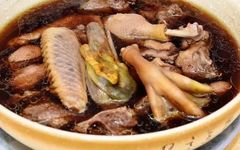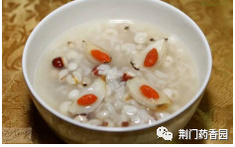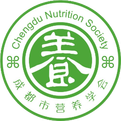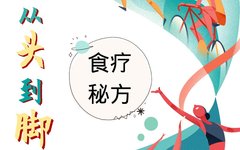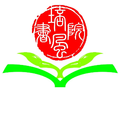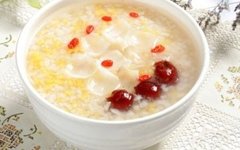Understanding Medicinal Cuisine: Can It Be Consumed Freely?
Click the blue text above to follow us Medicinal cuisine (药膳, yàoshàn) originates from China’s traditional dietary and TCM (Traditional Chinese Medicine) therapeutic culture. It is a delicious food made by strictly following medicinal cuisine recipes, combining Chinese herbs (中药, zhōngyào) with certain food items that have medicinal value, using unique Chinese cooking techniques and … Read more


